DOOH stands for "Digital Out of Home," and it refers to advertising media that...

DOOH LED Display
read more

DOOH stands for "Digital Out of Home," and it refers to advertising media that...
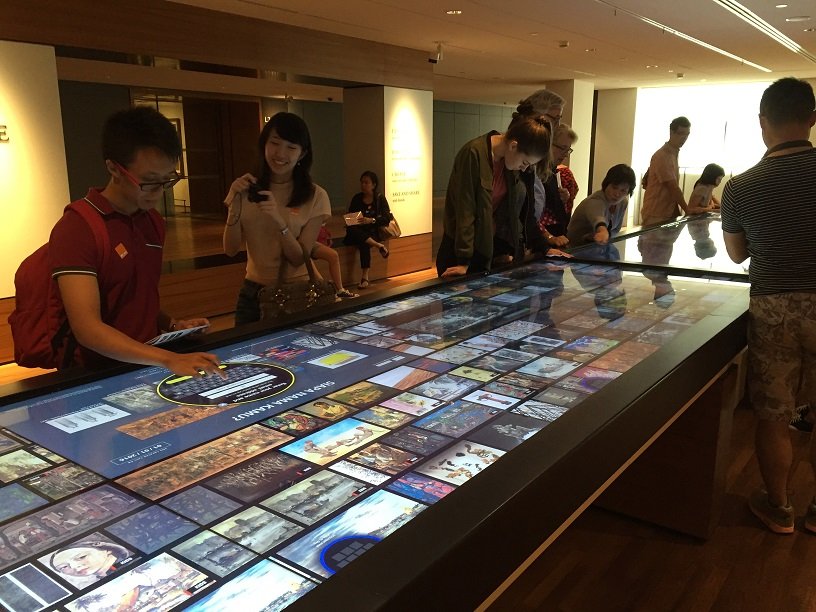
Interactive digital display systems refer to computer-delivered electronic systems that enable users to control,...

ITC Group, also known as Guangdong Baolun Electronic Co., Ltd., is a prominent audiovisual...
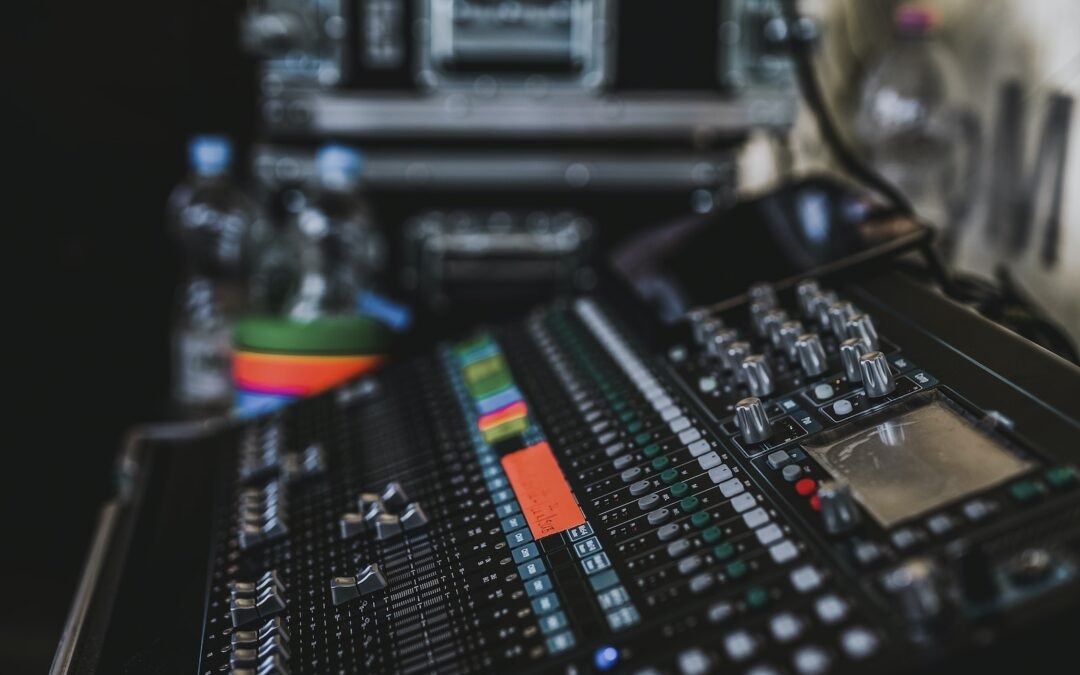
Live events are exhilarating experiences that bring people together to enjoy the magic of...
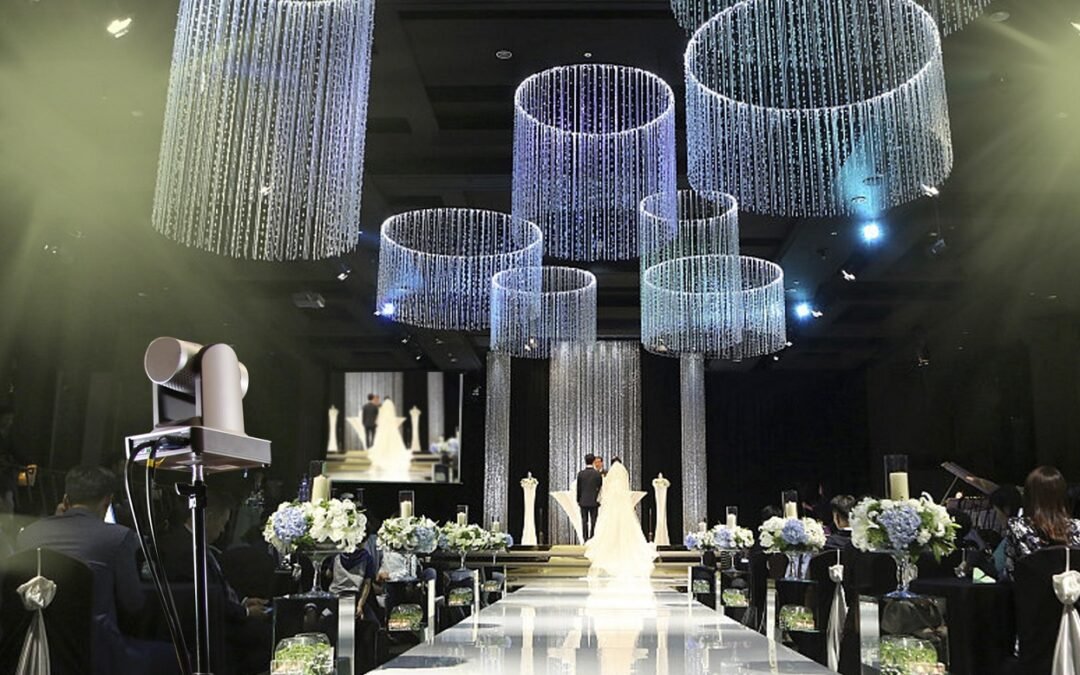
Multi-cam live production using PTZ (Pan-Tilt-Zoom) cameras allows for capturing and switching between multiple...
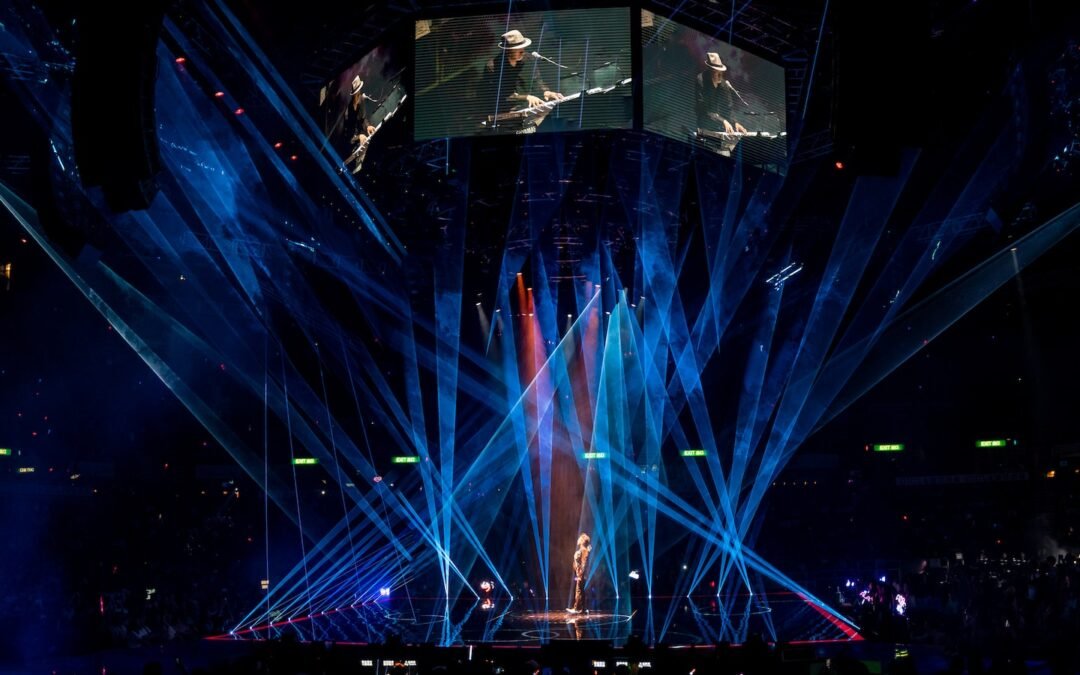
Stage lighting is a crucial element in the world of theater, concerts, live performances,...
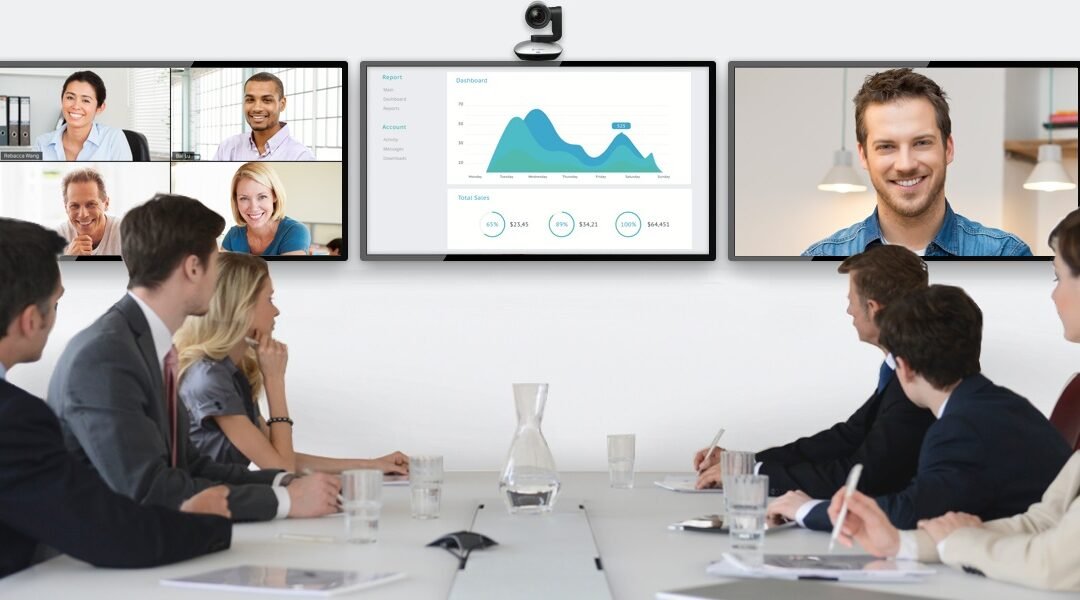
Virtual conference systems rely on a combination of hardware and software components to facilitate...